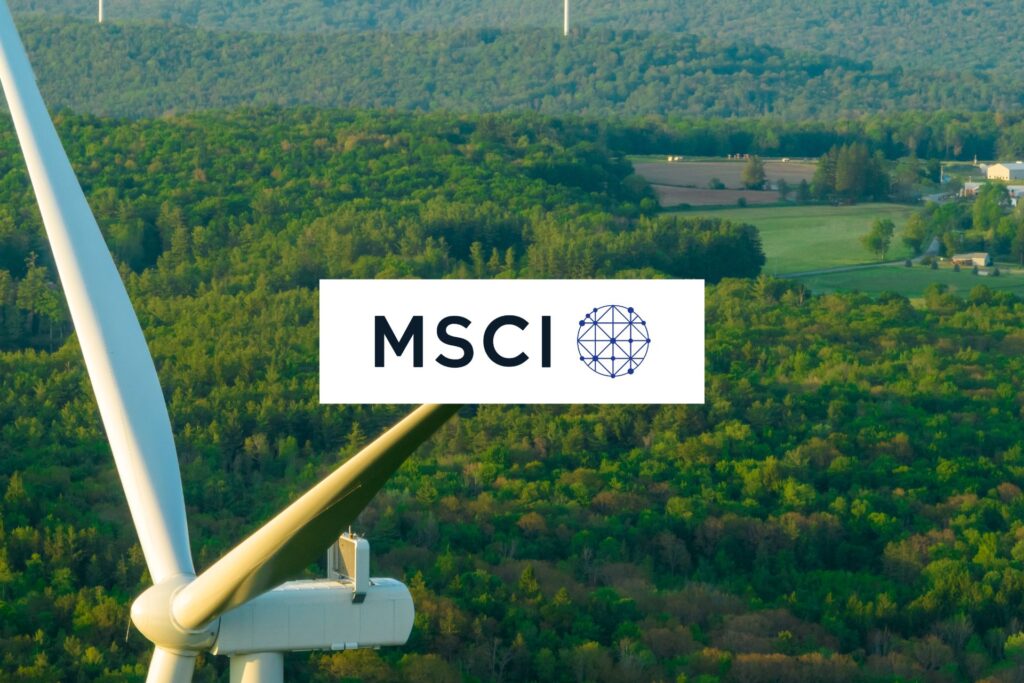Public vs. Private Climate Funds: Bridging the Gap for a Sustainable Future – MSCI Study

The recent explosion of climate-focused investment vehicles has sparked a crucial question: how impactful are these funds in driving the transition towards a sustainable future? A closer look at the composition of public and private climate funds, as revealed in this MSCI Study, unveils some key differences beneath their seemingly similar labels.
A Deluge of Climate Funds
Both public and private markets have witnessed a tidal wave of climate-related funds in recent years. Public climate funds, boasting a staggering USD 500 billion in assets under management, have seen a particularly dramatic rise, with over 70% launched since the start of 2020. This trend mirrors the private market, where climate funds – totaling USD 90.5 billion – experienced a surge in launches between 2020 and Q3 2023, surpassing the combined total from the preceding nine years.
Divergent Strategies Beneath the Climate Banner
While their names might suggest a unified approach, public and private climate funds exhibit distinct investment strategies. Private funds tend to favor real assets, with renewable electricity comprising a significant portion (over 40%) of their net asset value. Additionally, infrastructure and venture capital funds play a prominent role, often targeting the industrials and materials sectors – areas crucial for decarbonization but still harboring significant emissions.
Public climate funds, on the other hand, primarily invest in equities. Information technology and low-carbon industrials dominate their portfolios, often achieved through investments in low-carbon exchange-traded funds (ETFs) and mutual funds. These funds focus on companies with demonstrably reduced carbon footprints compared to industry benchmarks.
Transparency: Bridging the Gap for Greener Investment Decisions
For investors seeking to align their investments with specific climate goals, understanding the underlying holdings within climate funds is paramount. Public climate funds, however, often lack the transparency that characterizes their private counterparts. This opacity makes it challenging to assess their true environmental impact. Initiatives like the ESG Integrated Disclosure Project are emerging to bridge this gap by encouraging more consistent reporting across the industry. Such efforts are essential for ensuring that investors can make informed decisions and channel their capital towards funds that demonstrably contribute to a sustainable future.
Related Article: MSCI Launches Solution to Centralize Private Market Climate and Sustainability Disclosures
Looking Ahead: A Call for Granular Transparency
The rapid growth of climate funds signifies a growing commitment towards sustainable investing. However, significant differences exist between public and private funds in terms of asset allocation and focus. Increased transparency regarding fund holdings is essential on two fronts. Firstly, it empowers investors to make informed decisions that align with their specific climate goals. Secondly, it fosters greater accountability within the financial sector, ensuring that the surge in climate funds translates into a tangible acceleration of the global transition towards a low-carbon economy.








